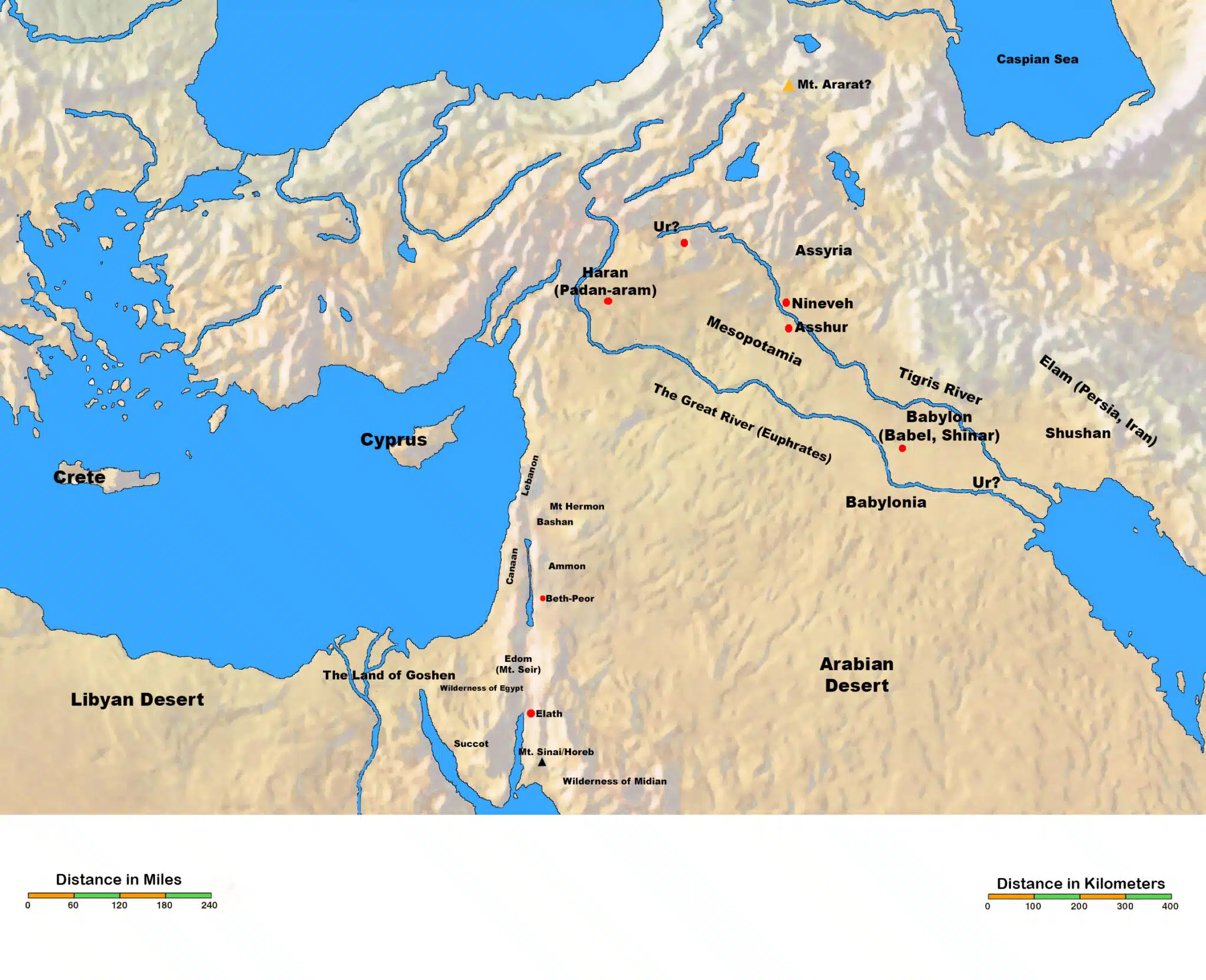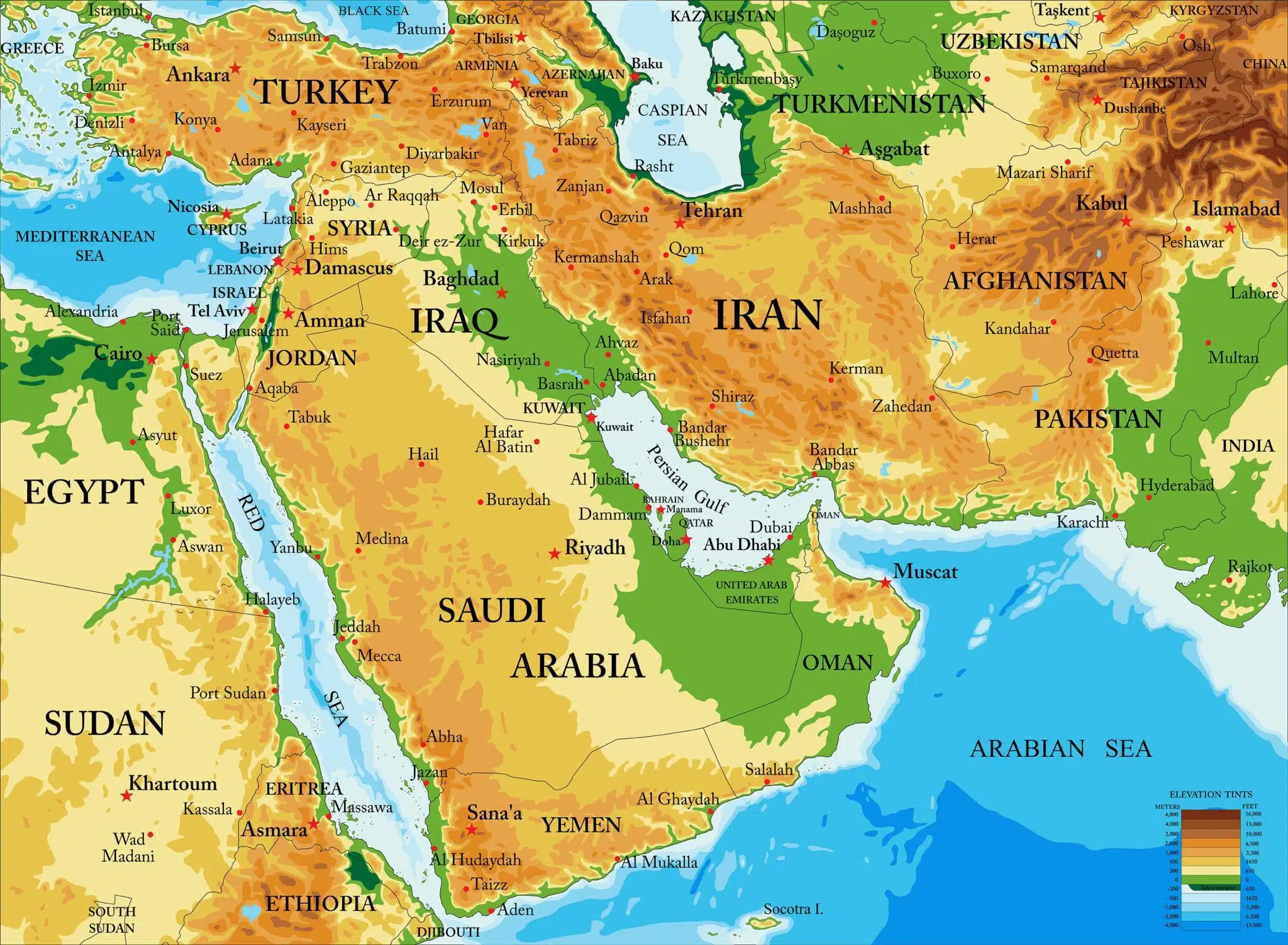God tells Noah to make an ark and gives him specific instructions how to build it. God reminds Noah of the judgment of the flood and that everything on the earth will perish. God establishes a covenant with Noah and his family shall be saved.
God gave Noah specific instructions of how the ark should be built. Such great faith this man Noah had, he was building an ark in the midst of an unbelieving generation trusting that God would do what He said. Hebrews talks about the great faith of Noah, “By faith Noah, being warned by God about things not yet seen, in reverence prepared an ark for the salvation of his household, by which he condemned the world, and became an heir of the righteousness which is according to faith (Hebrews 11:7).” God warned Noah and Noah believed and obeyed.
Constructing the Ark
The ark was a vessel made by Noah at God’s command to protect him and the animal species during the flood. The word “ark” in Hebrew is tēḇâ meaning, “chest,” “box,” or “coffin.” The ark was not shaped like a boat. It could not be steered like a modern ship. Its length was 300 cubits (about 450 feet), the width was 50 cubits (about 75 feet), and the height was 30 cubits (about 45 feet), overall dimensions that resemble the dimensions of a giant house (Genesis 6:15).
A “Cubit” was a measurement derived from the length of the elbow to the tip of the fingers. It varied in length among the peoples of the Near East, including the Hebrews (Deuteronomy 3:11; Ezekiel 40:5; 43:13). Most scholars work with cubits measuring fifty centimeters per cubit. The word “cubit” in Hebrew is ʾammah and literally means “forearm,” the distance between the elbow and the tip of the middle finger of an average-sized man approximately 18 inches (Deuteronomy 3:11). The ark was square-cornered, chest like in shape, with an enormous capacity for cargo.[1] The ark had three floors filled with rooms (Genesis 6:14,16) and one window and one door (Genesis 6:16).[2]
Three verses provide the specifications for the ark: Gen 6:14–16. Based on an 18-inch cubit, Noah’s ark measured 450 × 75 × 45 feet. These dimensions suggest a rectangular vessel with a flat bottom and square ends which was made to float rather than be propelled through the water. The ark also had compartments and decks and was made of wood sealed with pitch (Genesis 6:15). [3]
An ark of the massive size depicted in Genesis could carry large numbers of land animals and supplies. Its rectangular, box-like shape would yield a vessel that would be quite seaworthy and very difficult to capsize. However, a ship like the ark depicted in Genesis would be unique among ships built in the ancient Near East and is far larger than any known examples from the ancient world. Early boats were made of skin, reeds, or dugout logs; a boat with the dimensions of the ark would require wood plank construction rather than the dugout foundation of earliest boats (Casson, Ships and Seamanship in the Ancient World, 8–10).6 Mesopotamian planked boats from the latter half of third millennium b.c. displaced only 11 tons; in contrast, the ark displaced 43,000 tons. While ships from Alexandria carried no more than 4,000 tons in the last half of the first millennium b.c. the ark’s cargo capacity was 15,000 tons.[4]
In 1609, Peter Jansen of Horn in Holland built a vessel of the same proportions and found that it would stow one-third more cargo than other ships of ordinary structure. It has been calculated that it would contain a space of 3,600,000 cubic ft., and that after 9/10 had been set aside for storage of food, there would be over 50 cubic ft. each allowed for 7000 pairs of animals.[5]
It is clear that God designed the ark with the appropriate dimensions for the use he intended. Man did not design a boat to survive the ark, but God did. God used Noah and his faithfulness to build this perfectly designed boat demonstrating God’s intent to work through humanity to redeem creation (Psalm 8).
In the New Testament, when the flood is referred to, they use the term “Kata Clusmos” (which is where we get the work “cataclysm”). It is a violent upheaval producing extensive change. It was a catastrophe that God said, would destroy “all” flesh. 2 Peter 3:6 says of the flood that “…the world at that time was destroyed, being flooded with water.” This also demonstrates that the world before the flood was eliminated by the flood, and the world afterward was built on the foundation of an earth that was destroyed by the flood.
After God tells Noah about the flood and His judgment on the earth, He established a covenant (promise) with Noah, that he, his wife, his sons and their wives, would all be saved.
Biblical Text
14 “Make for yourself an ark of gopher wood; you shall make the ark with rooms, and shall cover it inside and out with pitch. 15 “This is how you shall make it: the length of the ark three hundred cubits, its breadth fifty cubits, and its height thirty cubits. 16 “You shall make a window for the ark, and finish it to a cubit from the top; and set the door of the ark in the side of it; you shall make it with lower, second, and third decks. 17 “Behold, I, even I am bringing the flood of water upon the earth, to destroy all flesh in which is the breath of life, from under heaven; everything that is on the earth shall perish. 18 “But I will establish My covenant with you; and you shall enter the ark—you and your sons and your wife, and your sons’ wives with you.
Check out our other commentaries:
-
Exodus 2:1-10 meaning
This passage describes the hiding of a Levite baby in the reeds on the Nile River and how Pharaoh’s daughter went to bathe in the...... -
The Kingdom of Heaven vs the Kingdom of God meaning
As you read through the different Gospel accounts, you may notice a few common phrases Jesus uses when speaking and teaching. Perhaps the most memorable...... -
Leviticus 19:5-8 meaning
Instructions surrounding the sacrifice of peace offerings are given. This builds upon a similar discussion in Leviticus 7:11-18....... -
Leviticus 18:19-30 meaning
God continues to forbid practices that are not in His people’s best interest. Rather, God promotes His ways which lead to harmony with God and...... -
Amos 2:4–5 meaning
The LORD pronounces judgment on the inhabitants of Judah because they rejected His covenantal laws and did not keep His statutes.......




